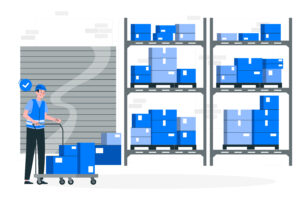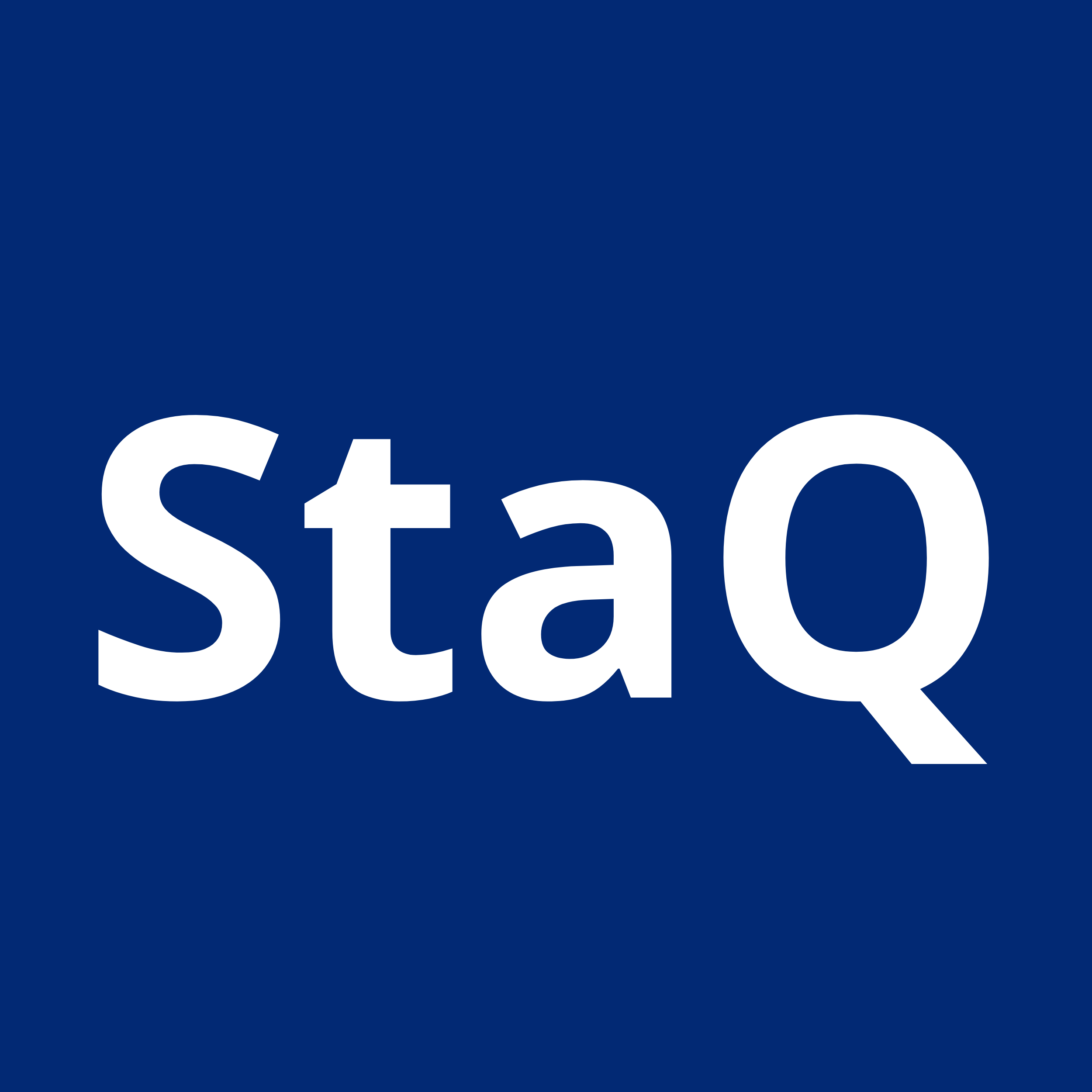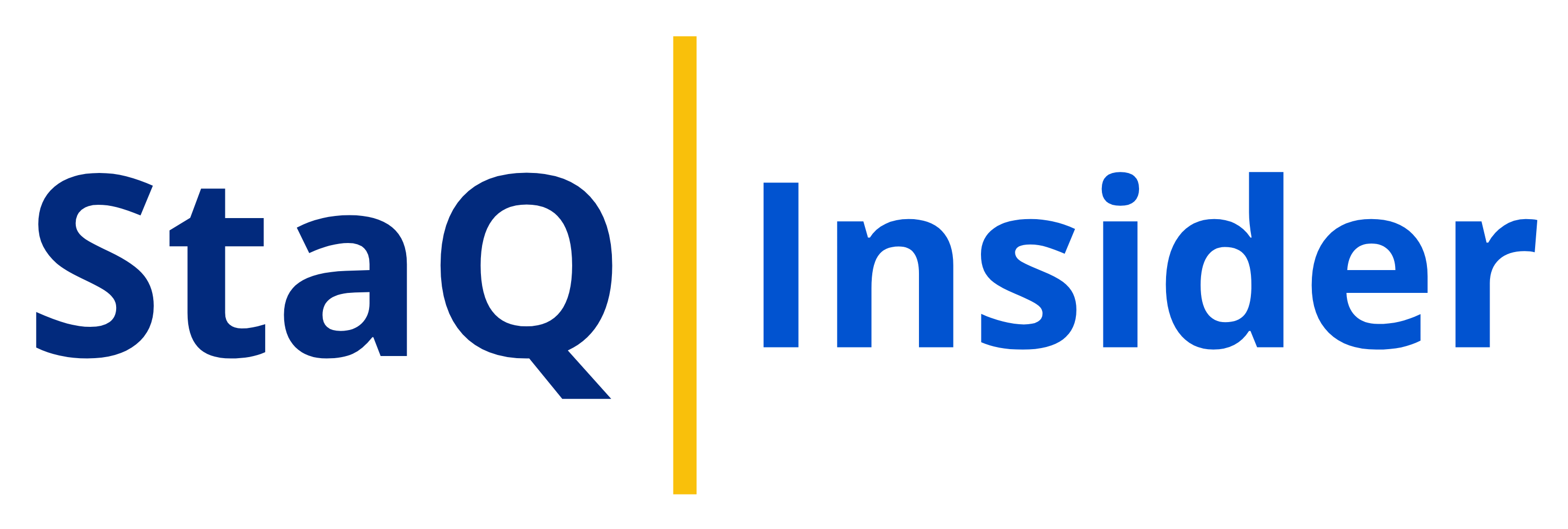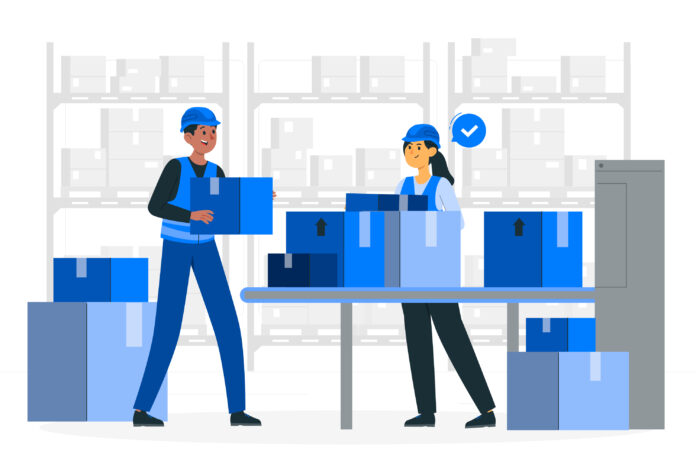For many businesses, inventory management is a daily headache. Juggling stock levels, tracking orders, and ensuring smooth fulfilment can feel like a full-time job. Fortunately, this can be automated using the new generation of inventory management software, which enables businesses to optimise their operations and increase profitability.
Believe it or not, inventory management software can benefit a wide range of organizations – even those that don’t sell physical products. Whether you run a real estate office, a law firm, or a daycare center, the right inventory tools can help you gain control over the myriad supplies, equipment, and assets that keep your business running.
In this guide, we will look at how investing in the right inventory management software can benefit your business!
Inventory Management: Everything You Need to Know!
What is Inventory Management?
Inventory management is the process of tracking and controlling the goods and materials a business has in stock. It involves monitoring what items are coming in, what’s currently available, and what needs to be ordered.
The three fundamental steps in inventory management are:
-
Purchasing: Obtaining the necessary items and transferring them to your storage facilities.
-
Storing: Properly checking, sorting, and designating storage locations for the inventory.
-
Distribution: Picking, packing, and shipping the inventory to meet customer orders or internal needs.
At its core, effective inventory management is about having the right amount of the right items on hand at the right time. This ensures you can meet customer demand without overstocking or running out of critical supplies.
What are the Different Types of Inventory Management?
The main types of inventory management include:
-
Just-In-Time (JIT) Inventory:
-
The JIT approach aims to have inventory arrive exactly when it is needed, minimizing storage costs and waste.
-
It relies on close coordination with suppliers to ensure timely deliveries and streamlined production.
-
JIT is often used in manufacturing and assembly line environments.
-
-
ABC Analysis:
-
ABC analysis categorizes inventory items into three classes (A, B, and C) based on their importance and value.
-
“A” items are the most valuable and require the closest management, while “C” items are the least valuable and need less attention.
-
This method helps businesses focus their efforts and resources on the most critical inventory items.
-
-
Economic Order Quantity (EOQ):
-
EOQ is a formula-based approach that determines the optimal order quantity to minimize total inventory costs, including ordering and holding costs.
-
It helps businesses find the balance between ordering too much or too little inventory.
-
EOQ is commonly used for items with predictable, constant demand.
-
-
Perpetual Inventory System:
-
This system continuously tracks inventory levels and transactions in real-time, providing up-to-date information.
-
It enables businesses to maintain accurate stock levels, avoid stockouts, and make informed purchasing decisions.
-
Perpetual inventory systems are often supported by barcode scanning, RFID, or other automated data collection methods.
-
-
Periodic Inventory System:
-
In a periodic system, businesses conduct physical counts of their inventory at regular intervals, such as weekly or monthly.
-
This approach is simpler to implement but relies more on manual processes and can lead to inventory discrepancies.
-
Periodic inventory systems are often used for slow-moving or low-value items.
-
-
Demand-Driven Inventory Management:
-
This approach focuses on aligning inventory levels with actual customer demand, rather than relying on forecasts or historical sales.
-
It uses real-time data and feedback loops to adjust inventory in response to changing market conditions.
-
Demand-driven inventory management can help reduce excess stock and improve customer satisfaction.
-
The choice of inventory management type depends on the specific needs, industry, and characteristics of a business. Many organizations employ a combination of these approaches to optimize their inventory processes.
What are the Consequences of Poor Inventory Management?
Poor inventory management can lead to several negative consequences for businesses:
-
Stockouts and Lost Sales: Lack of inventory visibility leads to stockouts, missed sales opportunities, and frustrated customers.
-
Excess Inventory and Waste: Overstock ties up capital, increases storage costs, and risks item spoilage or obsolescence.
-
Inefficient Operations: Limited data visibility hinders production planning, workflow optimization, and informed decision-making.
-
Higher Costs: Poor management results in rush orders, emergency shipments, and other unnecessary expenses.
-
Customer Dissatisfaction: Stockouts, long lead times, and unreliable fulfillment damage brand reputation and customer loyalty.
-
Compliance Issues: Inadequate inventory tracking and reporting can lead to fines and penalties in regulated industries.
Ultimately, the consequences of sloppy inventory control can be far-reaching, from wasted resources to lost revenue and brand trust. Investing in the right inventory management software and tools is crucial for businesses of all sizes.
How does Inventory Management Software Streamline this Process?
Inventory management software is a powerful digital tool designed to simplify and optimize the tracking and management of inventory, regardless of location or platform. This innovative software provides businesses with a comprehensive solution to enhance their inventory operations and mitigate the risk of product overselling.
Key Features of Inventory Management Software include:
-
Real-Time Inventory Tracking:
Inventory management software provides real-time visibility into stock levels, enabling businesses to monitor their inventory in real-time. This helps them avoid stockouts, overstock, and ensure that the right products are available when needed.
-
Automated Order Processing:
The software automates the order processing and replenishment process, reducing the time and effort required to manage inventory. It can automatically generate purchase orders, track deliveries, and update inventory levels based on sales, purchases, and other transactions.
-
Improved Forecasting and Planning:
Inventory management software leverages historical data and sales trends to provide accurate forecasting and planning capabilities. This helps businesses anticipate future demand, optimize inventory levels, and make informed purchasing decisions.
-
Streamlined Warehouse Management:
Many inventory management software solutions offer features for warehouse management, such as bin location tracking, pick-and-pack optimization, and inventory reporting. This can improve the efficiency of warehouse operations and reduce the risk of misplaced or lost items.
-
Reduced Errors and Discrepancies:
Manual inventory tracking is prone to errors, such as data entry mistakes or miscounting. Inventory management software minimizes these errors by automating the tracking and recording of inventory movements, leading to more accurate and reliable inventory data.
-
Improved Inventory Visibility:
The software provides a centralized dashboard that gives businesses a comprehensive view of their inventory across multiple locations, warehouses, or sales channels. This enhances decision-making by providing a clear understanding of stock levels, aging, and turnover.
-
Enhanced Reporting and Analytics:
Inventory management software offers robust reporting and analytics capabilities, allowing businesses to generate detailed reports on inventory performance, cost of goods sold, inventory aging, and other key metrics. This data-driven approach supports better decision-making and optimization of inventory strategies.
-
Seamless Integration:
Many inventory management software solutions can integrate with other business systems, such as accounting software, e-commerce platforms, or enterprise resource planning (ERP) systems. This integration allows for the smooth flow of inventory data across the organization, reducing manual data entry and improving overall efficiency.
At the core of inventory management software is the ability to offer real-time access to crucial data related to a business’s supply chain and sales activities. By providing this real-time visibility, the software empowers organizations to make informed decisions and take proactive measures to ensure that their inventory is aligned with customer demand.

How to Choose the Right Inventory Management Software for Your Business?
To choose the right inventory management software for your business, consider the following key factors based on the information from the provided sources:
1. Cost and Budget: Evaluate the cost of the software and ensure it aligns with your budget. Look for transparency in pricing, consider additional costs like setup and training, and assess whether the software offers discounts for annual payments.
2. Customizations: Opt for software with a flexible, open API that can seamlessly integrate with your existing business tools. Customization options are crucial to tailor the software to your specific needs and workflows.
3. Business Size: Select a scalable inventory management system that can grow with your business. Consider factors like the number of users, monthly orders, product complexity, and integration capabilities to ensure the software can accommodate your business’s size and needs.
4. System Support: Choose a software provider that offers excellent support to help you maximize the software’s potential. Look for providers that offer training, dedicated account representatives, and ongoing support to ensure a smooth implementation and usage experience.
5. Integration Capabilities: Assess the software’s ability to integrate with other business systems like accounting software, channel managers, online marketplaces, and shipping management software. Ensure that the software can seamlessly connect with your existing tools to enhance operational efficiency and data accuracy.
By considering these factors – cost and budget, customizations, business size, system support, and integration capabilities – you can effectively choose the right inventory management software that meets your business’s specific requirements and helps streamline your inventory management processes.
Popular Inventory Management Software Options for All Businesses:
Here are 10 popular inventory management software options for businesses, along with a brief introduction to each product, key features, and pricing information:
-
Cin7:
-
Cin7 is a comprehensive, cloud-based inventory management solution known for its scalability and robust feature set.
-
Features: Real-time inventory insights, customizable for business-specific needs, extensive reporting options, highly scalable.
-
Pricing: Initial implementation can be expensive.
-
-
Zoho Inventory:
-
Zoho Inventory offers comprehensive and customizable inventory control features, ideal for warehouse management and multichannel selling.
-
Features: Warehouse management, multichannel selling support, order management, order fulfillment support, customizable organization of inventory.
-
Pricing: Offers a good balance of features and affordability, starting at $348/year.
-
-
Veeqo:
-
Veeqo is a versatile inventory management software designed for multichannel sellers.
-
Features: Multi-channel inventory syncing, integrations with popular platforms like WooCommerce and Shopify, inventory tracking, forecasting.
-
Pricing: Pricing details available upon request.
-
-
Sortly:
-
Sortly is a user-friendly inventory management software ideal for small retailers and asset tracking.
-
Features: Easy-to-use interface, asset tracking capabilities, barcode support, data exporting/importing.
-
Pricing: Pricing details available upon request.
-
-
Brightpearl:
-
Brightpearl is a feature-rich inventory management solution suitable for small to mid-sized businesses.
-
Features: Comprehensive inventory management, order management, supply chain management, integrated POS, forecasting.
-
Pricing: Pricing details available upon request.
-
-
InFlow Inventory:
-
InFlow Inventory is best suited for business-to-business (B2B) and wholesale businesses.
-
Features: Advanced inventory features, order management capabilities, detailed reporting, multi-warehouse support.
-
Pricing: Pricing details available upon request.
-
-
Netsuite:
-
Netsuite is an all-in-one business solution offering inventory management, accounting, and marketing features.
-
Features: Multilingual support, revenue recognition, retail inventory management, integrated POS, order management.
-
Pricing: Must contact sales for pricing information.
-
-
Cin7 Core:
-
Cin7 Core is a cloud-based inventory management system with real-time insights and extensive reporting options.
-
Features: Scalable, integrations with popular platforms, order management, demand forecasting.
-
Pricing: Offers a 14-day free trial, pricing details available upon request.
-
-
Fishbowl:
-
Fishbowl is a feature-loaded inventory management software with QuickBooks integration.
-
Features: Multi-warehouse routing, barcode support, 3PL inventory management, shipment integration.
-
Pricing: Starts at $329 per month.
-
-
Monday.com:
-
Monday.com offers a free inventory management software solution.
-
Features: Free to use, user-friendly interface, basic inventory management capabilities.
-
Pricing: Free to use.
-
These software options cater to various business needs and sizes, providing a range of features to streamline inventory management processes effectively.
We are confident that by carefully evaluating the criteria outlined, you will be able to select the inventory management software that aligns with your strategic priorities and elevates your operational efficiency.




